I Still Can't Believe Real Skeletons Were Used In Poltergeist's Pool Scene — The 1982 Movie's Wild BTS Story, Explained
The real skeletons in Poltergeist might sound like just another urban legend, but it turns out the 1982 horror classic actually leaned into the macabre for one of its most unforgettable moments. Directed by Tobe Hooper and produced by Steven Spielberg, Poltergeist became an instant genre staple, thanks to its suburban nightmare setting, unforgettable scares, and a cast that brought emotional depth to the supernatural chaos. JoBeth Williams, Craig T. Nelson, and young Heather O’Rourke led the charge as the Freeling family - ordinary people thrown into extraordinary horror when their home becomes a portal to the spirit world.
While Poltergeist is packed with eerie imagery and chilling effects, nothing hit me or other fans quite as hard as the scene near the 1982 movie’s climax. In a now-iconic moment, Diane Freeling (Williams) is pulled into a muddy, rain-drenched swimming pool filled with skeletons. What audiences didn’t realize at the time was that those skeletons weren’t just props or plastic stand-ins. They were (much to my disbelief when I first found out the true story) real human remains. The story behind how actual skeletons ended up in Poltergeist - and the fact that the actors didn’t even know until after filming - has become one of the wildest behind-the-scenes revelations in horror movie history.
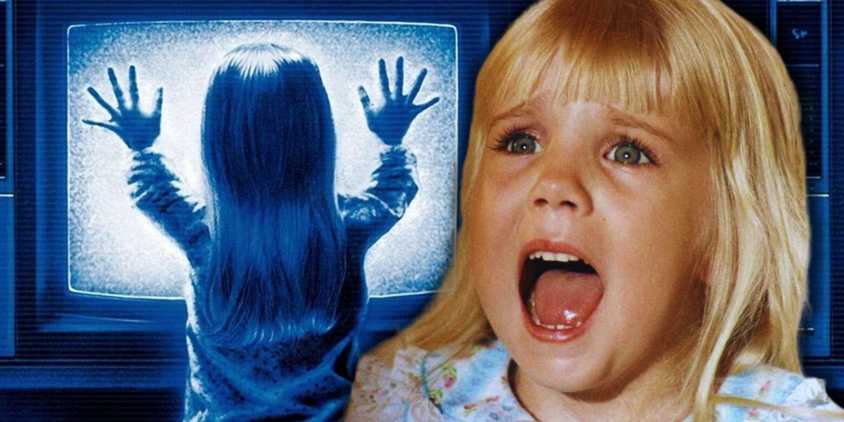
The Horrifying True Story That Inspired Steven Spielberg's Poltergeist
Steven Spielberg's supernatural horror film was inspired by the disturbing true story of the Hermann Family's paranormal experiences in Seaford, NY.
Real Skeletons Were Used In Poltergeist's Pool Scene & JoBeth Williams Had No Idea
The Actress Was Unknowingly Swimming With Human Remains
Of all the terrifying moments in Poltergeist, the muddy chaos of the pool scene ranks among the most intense. As Diane Freeling, JoBeth Williams flails and screams in rising, murky water, surrounded by skeletons that erupt from the mud around her. It’s a scene soaked in panic, lightning, and raw fear - and as it turns out, that fear was more real than anyone watching could have guessed. The bodies in the pool in Poltergeist weren’t movie props. They were actual human skeletons.
At the time of filming, JoBeth Williams had no idea that the skeletons she was swimming with weren’t made of rubber or plastic. That horrifying truth came out later - and when it did, Williams was understandably disturbed. In later interviews (such as with TV Landin 2008), she revealed that she was only told the bones were real after the fact, prompting a flood of disbelief and outrage:
“You have to understand that this sequence took probably four or five days to shoot. So I was in mud and goop all day every day for like four or five days with skeletons all around me [as I was] screaming. In my innocence and naiveté, I assumed that these were not real skeletons. I assumed that they were prop skeletons made out of plastic or rubber. I found out - as did the whole crew - that they were using real skeletons, because it's far too expensive to make fake skeletons out of rubber. And I think everybody got real creeped out by the idea of that.”
JoBeth Williams admitted that had she known, she might have reacted very differently on set. This admission that she may not have filmed the scene doesn’t surprise me at all. The thought of being submerged in a pool with genuine human remains would be enough to rattle even the most seasoned actor. I know I wouldn’t volunteer for the part.
The irony is brutal: in a movie about restless spirits and haunted ground, the production itself literally used remains taken from the dead.
The crew dressed the skeletons with a bit of clay, paint, and wardrobe distressing, giving them a more decomposed, cinematic look. However, underneath the artistry, they were real human remains. The production never openly discussed this choice during filming, which only added to the eerie legend once word got out. The irony is brutal: in a movie about restless spirits and haunted ground, the production itself literally used remains taken from the dead.
That revelation gave the pool scene a whole new weight, especially for fans who rewatched it knowing what lurked beneath the surface (my second viewing of Poltergeist came after learning about the real skeletons, and it chilled me so much more than my first). Real skeletons in Poltergeist weren’t just a spooky detail - they became part of the film’s legacy, deepening its place in horror history and raising some serious ethical questions that still linger today.
Why The 1982 Movie Used Real Skeletons, Explained
Decisions Were Made To Keep Poltergeist On-Budget
So how did the real skeletons in Poltergeist happen? It wasn’t some sick joke or twisted attempt to frighten the cast. The decision came down to something much more Hollywood: logistics. At the time, creating realistic fake skeletons was expensive and complicated. Real skeletons, on the other hand, were surprisingly accessible, largely due to medical supply companies that provided human bones for anatomy study and educational purposes. Using real skeletons was a shortcut - and a cost-effective one.
It might seem unthinkable today, but back in the early 1980s, using real skeletons on a film set wasn’t just a morbid gimmick. The practice was surprisingly common. In the case of Poltergeist, the decision to use real human remains stemmed from a mix of budget constraints, practical effects demands, and the push for authentic visuals. Special effects in horror were evolving fast, but creating lifelike plastic skeletons that could withstand underwater conditions and camera scrutiny? That was an expensive, time-consuming task. Real skeletons were shockingly cheaper - and that’s what led them into the muddy pit of the Freelings’ backyard.
At the time, filmmakers could purchase skeletons through medical supply companies, where human remains were often sourced for anatomical study or classroom use. These skeletons were typically imported from overseas, especially India, where exporting human remains was a legal and profitable industry up until the late '80s. To Hollywood, that meant a reliable supply of eerily realistic bones at a fraction of the cost of fabricating fake ones from scratch.
The production team for Poltergeist needed skeletons that looked convincingly old, waterlogged, and weathered.
The production team for Poltergeist needed skeletons that looked convincingly old, waterlogged, and weathered. Real bones, aged naturally, provided a grim authenticity that matched the film’s escalating horror. Once decorated with latex, paint, and costume elements, they became the ghastly figures that clawed their way to the surface in one of the film’s most unforgettable scenes. And because the film was already operating on a tight budget - despite Spielberg’s involvement - this shortcut seemed like an efficient solution to a creative problem.
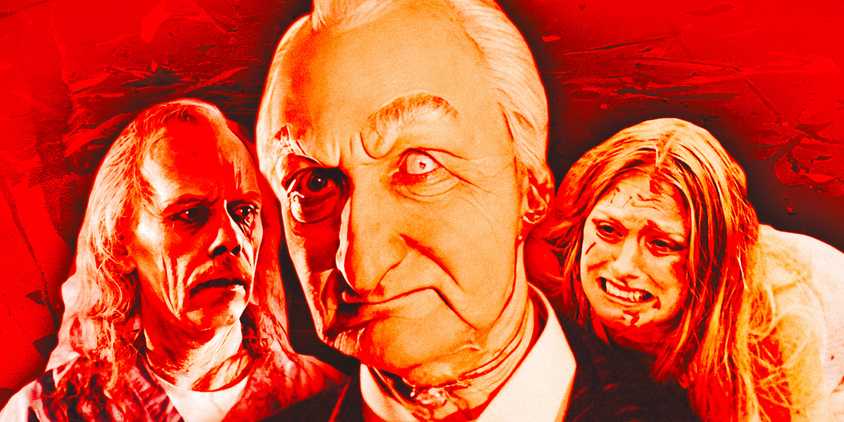
All 14 Tobe Hooper Horror Movies, Ranked Worst To Best
Tobe Hooper made some of the most important and influential horror movies in history. However, not all his films were as successful as others.
Real skeletons in Poltergeist weren’t a product of bad intentions, but they were the result of a different Hollywood era - one with far less oversight and fewer ethical boundaries when it came to sourcing materials. The practice might have been accepted in the industry, but it still caught cast and crew off guard. Decades later, the revelation remains one of the most shocking behind-the-scenes details in horror history.
It also adds another layer of eeriness to the so-called “Poltergeist curse”, a string of real-life tragedies and deaths connected to the franchise. Whether superstition or coincidence, the fact that Poltergeistdisturbed literal graves to enhance its scares only fuels the legend. The use of real skeletons may have been practical, but it came at a spiritual and cultural cost that continues to haunt the film’s legacy.
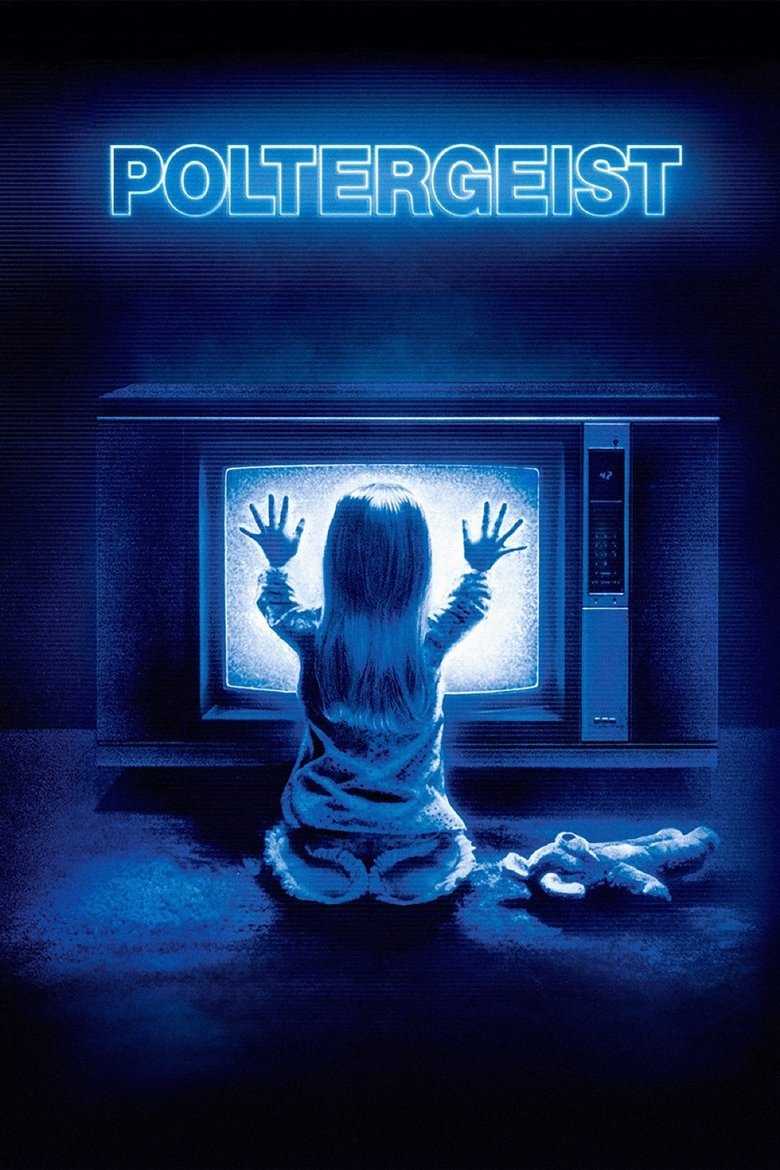
Poltergeist
- Release Date
- June 4, 1982
- Runtime
- 114 minutes
- Director
- Tobe Hooper
- Writers
- Mark Victor, Michael Grais, Steven Spielberg
- Producers
- Frank Marshall
Cast
 Craig T. NelsonSteve Freeling
Craig T. NelsonSteve Freeling JoBeth WilliamsDiane Freeling
JoBeth WilliamsDiane Freeling

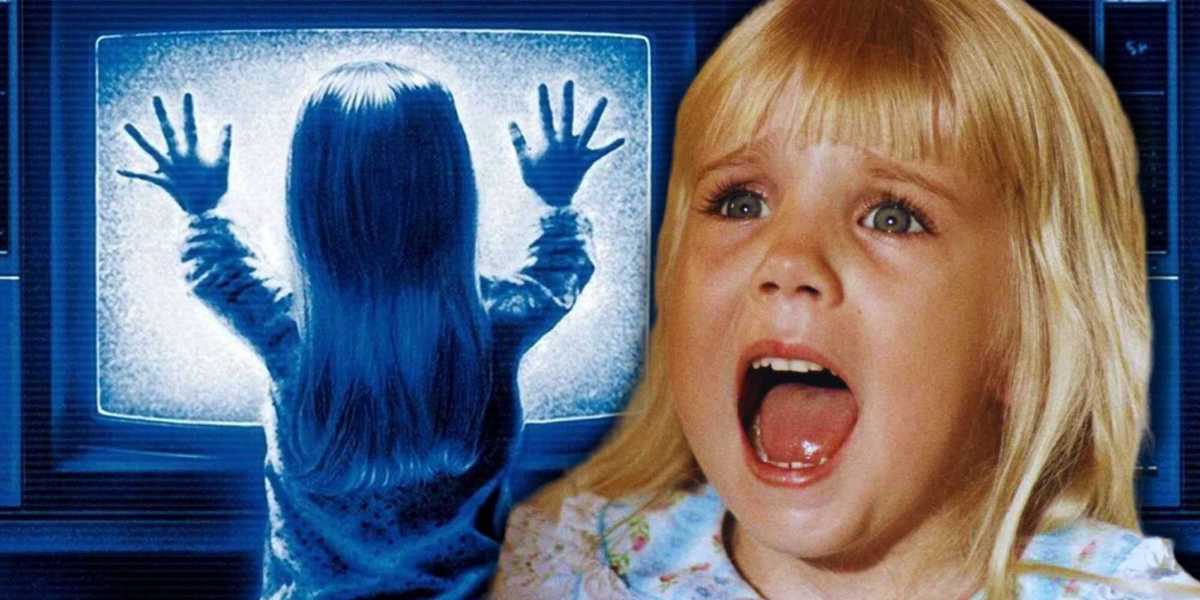
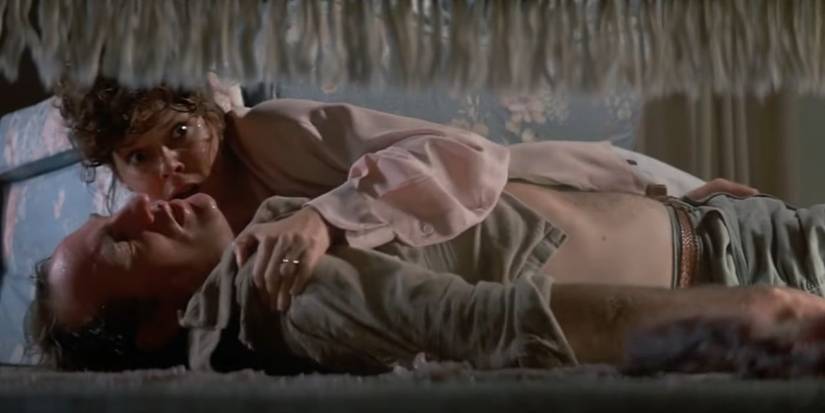





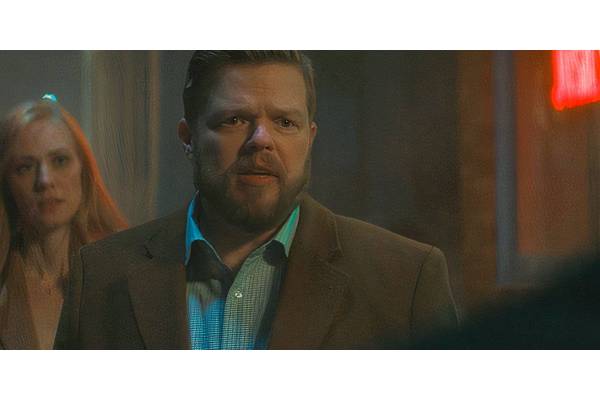
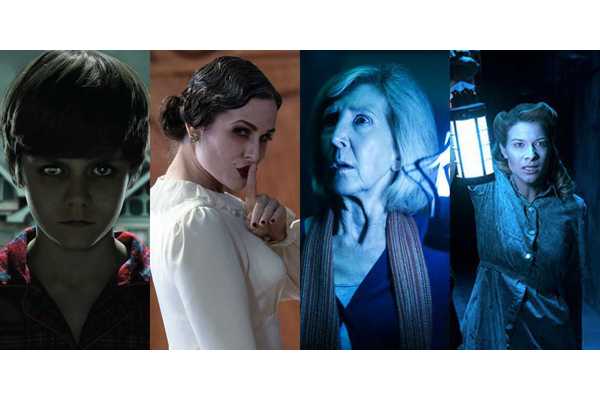
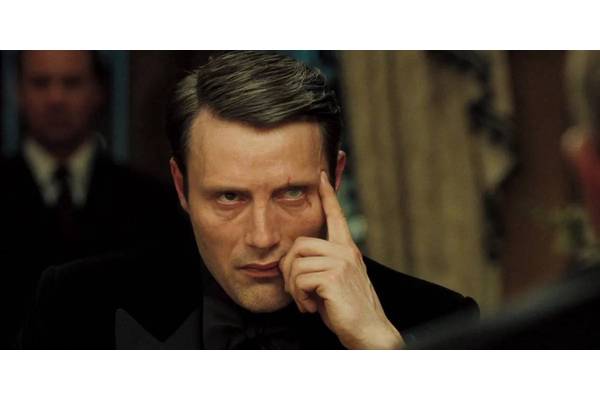
Your comment has not been saved